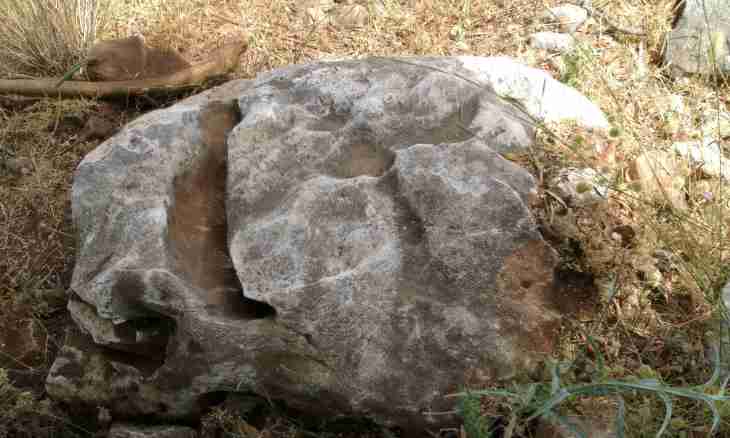The ion is electrically charged particle. It is formed when atom or a molecule attracts to themselves additional electrons or gives the. Positively charged ions are called cations, and negatively charged – anions. Particles are formed in solutions during process which is called electrolytic dissociation. But it can occur also at influence of high temperature, electric current, etc. At dissociation even of tiny amount of substance a certain number of ions is formed.
Instruction
1. The following task is set: there are 40 g of table salt. It was dissolved in water. How many ions at the same time were formed if to assume that all atoms of table salt underwent dissociation?
2. Write a formula of this substance: NaCl. Count its molecular weight, having put atomic the weight of sodium and chlorine: 23 + 35.5 = 58.5 and. e. m (atomic units of mass). As the molar mass of any substance is in number equal to its molecular weight, is only expressed in other dimension (g/mol), 1 mol of table salt (chloride sodium) will weigh about 58.5 g.
3. To calculate how many moths of chloride sodium contain in 40 g. Make division: 40/58.5 = 0.6838, or 0.68 asking.
4. Use universal number of Avogadro which is equal 6.022*10^23. This quantity of elementary particles – the molecules, atoms or ions which are contained in one pier of any substance. In your case before dissociation chloride sodium consisted of molecules. Therefore, contains in 1 pier of this substance approximately 6.022*10^23 its molecules. But at you 0.68 asking. Make multiplication: 0.68*6.022*10^23 = 4.095*10^23. Here so many molecules contain in 40 g of chloride sodium.
5. At dissociation each molecule of table salt forms two ions: positively charged ion of sodium and negatively charged ion of chlorine. Therefore, increase the received result by 2: 2*4.095*10^23 = 8.19*10^23. Here so many ions were formed at dissociation of 40 g of table salt. The task is solved.

